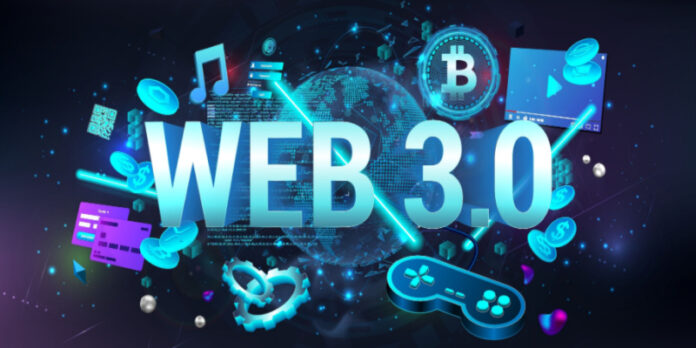Getting information has been simpler for everyone with the capability to do so since the invention of the Internet. One of the most crucial components of how the internet operates is accessibility. Because of this, there have been gradual shifts throughout time in the way that digital media is organized. Also, different web design agencies in Dubai will agree on this.
Prior to understanding the potential of Web 3.0, it is important to comprehend the limitations of Web 1.0 and Web 2.0.
The importance that the internet has given to its users has been one of the internet’s most revolutionary breakthroughs.
The core of Web 3.0 is the development and sharing of machine-readable data. The main goal of this data-driven design is to take care of all data handling without any help from people or machines.
But beyond what we have discussed here, there is a ton more to discover about this cutting-edge internet architecture.
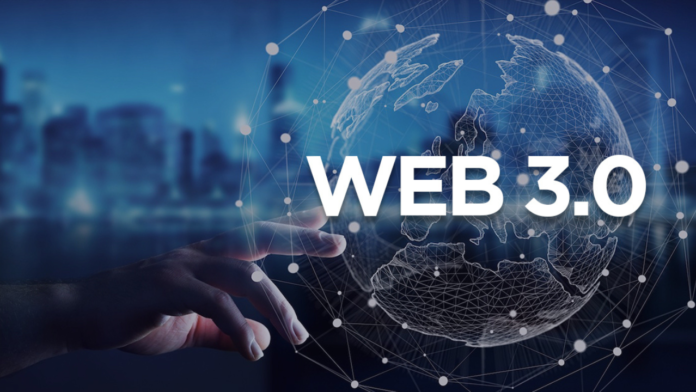
What is Web 3.0?
Businesses of different sizes and located all over the world employ chatbots, automated email answers, and virtual assistants. This is where the concept of Web 3.0 first emerged.
What Does Web 3.0 Mean?
Web 3.0 envisions a decentralized internet without a dominant power. The decentralized concept was inspired by blockchain technology, which uses a distributed network of nodes to produce, remove, and modify data.
Web 3.0 is much more than merely showcasing Blockchain-based apps. Users and those in charge of running the website will both be able to select how the data is displayed.
Web 1 vs. Web 2 vs. Web 3
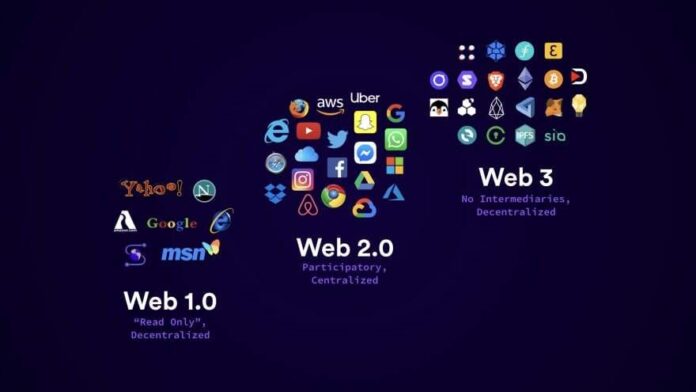
The initial version of the World Wide Web, referred to as Web 1.0 or the “Classic Web,” mostly used static pages for disseminating content. For content that was simply available for viewing, it acted as a CDN, or content delivery network. For the creation and maintenance of pages, webmasters would leverage their understanding of web scripting.
By enabling anyone to read and produce content, Web 2, often known as Web 2.0, transformed the internet. It made it possible for people to use the internet and contribute to it, expanding the range of knowledge that was accessible online.
Podcasting, blogging, and social media platforms like Facebook, Instagram, and Twitter are some of the most well-known applications of Web 2.0. Dynamic websites, intricate scripts, and cutting-edge frameworks are to blame for this internet evolution.
Similarly, the principle of decentralization will guide content generation and delivery among users in Web 3.0, the next phase of the internet. The major objective of Web 3.0 is to build an information-based client-server infrastructure. Additionally, it will make it feasible for information to be dispersed and not be under the authority of a single location, taking away the independence of people in charge of regulating things.
The Benefits of Utilizing Web Version 3.0
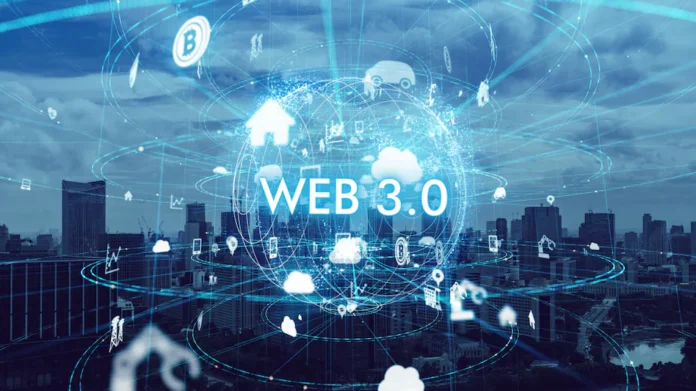
Web 3.0, sometimes referred to as Web 3, places a strong emphasis on giving users greater control. Its main objective is to provide more thorough and accurate machine-readable content.
There are also more significant advantages of Web 3 on the internet. Here are a few examples:
Secured Framework
Because it is distributed, decentralized, and not directly under anyone’s control, Web 3.0 emerges as the most secure network model. To avoid identity theft, the data connected to each user’s account can be individually encrypted.
Decentralization
Moreover, the most crucial component of Web 3.0’s architecture is decentralization. It fulfils the need for a private, unfettered digital infrastructure.
Web 3.0 implements blockchain, a decentralized system for recording transactions, utilizing a variety of frameworks, including Ethereum, Corda, Hyperledger, and others. Since the system is decentralized, manipulation of any type is not possible.
Ownership of Data
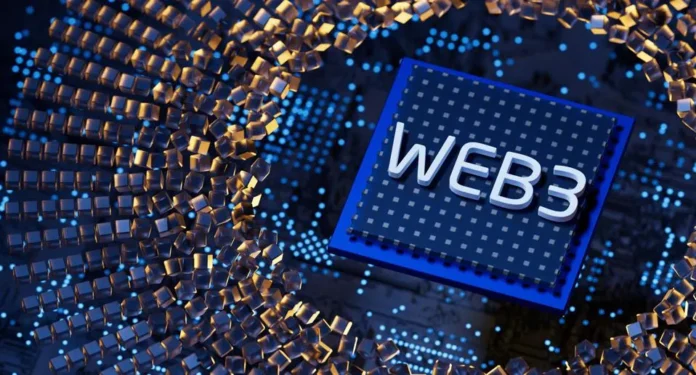
Information is stored on a distributed ledger in Web 3.0. The network can be regarded as peer-to-peer when nodes inside it have no other way of altering the ledger except via reaching an agreement. Data sovereignty and connection are the main foci of Web 3.0, which clarifies ownership and secures it through decentralized protocols.
Web-based Semantics
It is the network of data, where the process revolves around the data. To display information that makes sense in the context of a topic, it makes use of linked data and semantic searches. The “semantic web” is a piece of technology that enables peer-to-peer, encrypted communication on a blockchain network.
The following are some of the most crucial applications for Web 3:
Exchange of Services
Trading and exchanging assets is safer and simpler in a decentralized system. Applications that trade cryptocurrency control decentralized financial processes. Web 3.0 has made trading between individuals simpler because of its anti-monopoly characteristics.
Use of Social Networks
In the enormous and diversified social networking community, there are several business options. However. It has been discovered that some of the top Web 2.0 social networking sites compromise user data. Additionally, the lack of standardized security standards has demonstrated that these platforms have a monopoly on the delivery of information.
Fortunately, Web 3.0, which will allow technology trailblazers to introduce decentralized social networks, may help overcome these issues. Blockchain technology has been used into a limited number of social media platforms to create secure, decentralized, and profitable online communities for their subscribers.
Data Storage
The service provider is not allowed to exploit user information for their own advertising or other forms of commercial benefit in decentralized cloud storage. It makes it possible for individuals to communicate quickly, safely, and effectively.
Music and Video Streaming
The streaming industry is competitive and growing. These platforms are mostly used for entertainment, learning, and advertising. Due to platforms’ monopolies, users have less options for how they may express themselves. Through the decentralized streaming networks, users may broadcast information efficiently, safely, and democratically.
Financial Services and Insurance

The conventional banking system’s centralized structure has downsides, such as monopolistic behavior and a lack of transparency. Because both the banking and insurance businesses are profit-driven, their standards are frequently biased against the interests of their customers. In this situation, decentralized banking and insurance become extremely transformative tools that change accepted practices.
Conclusion:
Now that you know everything about Web 3.0, get in line to invest in your e-commerce business and set up a successful website to take your business to the next level. You can also reach out to a web design agency Dubai to dig deeper into this.
